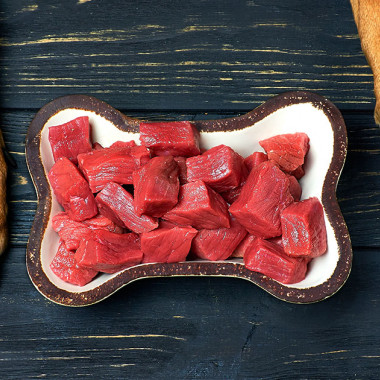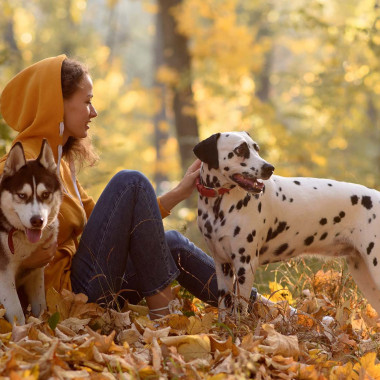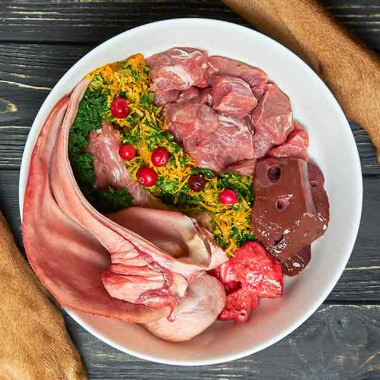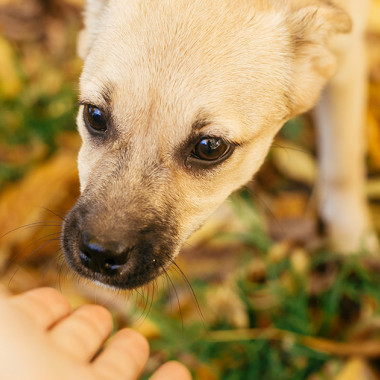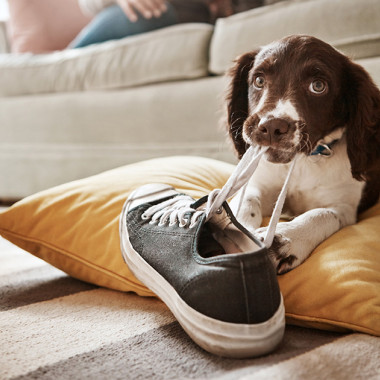Running with your dog can awaken a sense of teamwork, improve your dog’s fitness, and enhance your own. Engaging in activities with your dog offers more than just these benefits, which is why canicross is gaining increasing popularity.
What is Canicross?
Dog-pulling sports can be divided by season into those with snow and those without. Probably the most well-known dog-pulling sport is winter dog sledding. However, snowless sports also offer many disciplines, one of which is canicross. Canicross is a sport where the dog is harnessed and connected to the runner, helping the runner with its strength to achieve a better performance. Thanks to quality equipment, neither the dog nor the runner is restricted in movement, and together they form a perfect, high-performing team.
This discipline is suitable for active athletes but also for inexperienced runners or recreational sports enthusiasts. Canicross events are organized to cater to professionals and amateurs alike, with the main goal of ensuring that four-legged companions enjoy the day. Events can have various track lengths, ranging from 2 to 100 km. Canicross can be practiced recreationally or competitively. It is a favorite activity among dog owners and athletes with racing ambitions. It is not demanding in terms of equipment and can be run with dogs of any size.
Equipment
For the best canicross experience, it’s essential that the dog is always comfortable. Therefore, a suitable harness for the dog is necessary. The harness should not restrict the dog's breathing or movement of the front limbs. It should be designed to help the dog utilize its strength to assist the runner.
Another essential part of the equipment is a running belt for the runner. The belt should fit comfortably, stay in place, and primarily protect the runner from sudden pulls by the dog. The pulling force from the dog should be focused on the hips so that it doesn’t strain the runner's back and lower spine.
A bungee leash serves as the connection between the runner and the dog. The leash is elastic to cushion the transfer of the dog’s pull onto the human body and vice versa. The leash should have a sturdy carabiner at the end to attach to the dog's harness. For attaching the other end, a safety carabiner with quick release is used in case of critical situations.
Finally, comfortable running shoes and possibly gloves are recommended if the dog needs frequent correction using the leash.
Controlling the Dog
In this sport, it is beneficial to teach the dog basic commands to make it easier to control even at high performance. The first thing the dog learns is to start running and understand that it should move forward. Some dogs take to this naturally, while others require a bit of training. In competitive categories, the command "Go," "Start," or "Forward" is used at the start. Upon hearing the command, the dog knows the activity is beginning and eagerly sprints forward. During the run, the canicross team may encounter crossroads, other canicross teams, or obstacles that need to be bypassed. In such cases, it is helpful to teach the dog commands to distinguish directions. To avoid burdening the runner with long words for "right" and "left," shortcuts like "gee" and "haw" are used, among others. Lastly, it is important to know how to stop the dog, slow down, or end the run for any reason.
It’s evident that every healthy dog loves to run. If you join them, their enthusiasm and joy will only multiply, which is why this sport is so popular.

